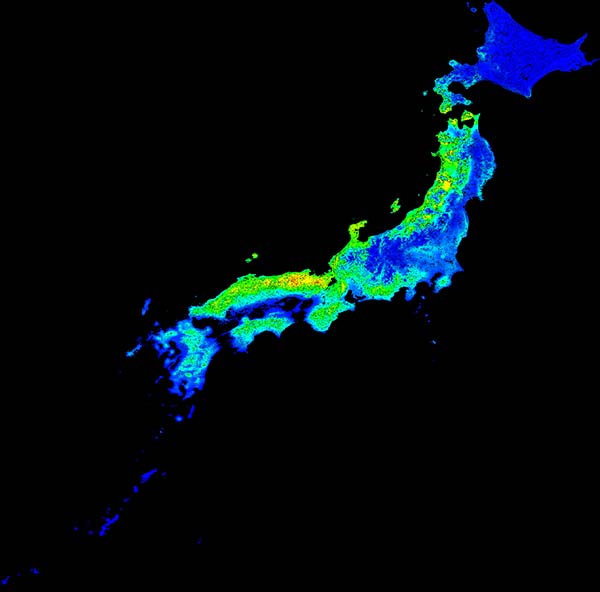Home > Research > Research Results > Research Results 2019 > Prediction of the natural distribution of Sydowia japonica as a preventive agent for cedar pollen dispersal
Update:February 12, 2019
Main content starts here.
Prediction of the natural distribution of Sydowia japonica as a preventive agent for cedar pollen dispersal
| Article title |
Predicted potential distribution of Sydowia japonica in Japan |
|---|---|
| Author (affiliation) |
Hayato Masuya (a), Yu Ichihara (b), Takuya Aikawa (c), Yukiko Takahashi (a), Takanori Kubono (a) (a) Department of Mushroom Science and Forest Microbiology, FFPRI, Tsukuba, Ibaraki, Japan. (b) Kansai Research Center, FFPRI, Kyoto, Japan. (c) Tohoku Research Center, FFPRI, Morioka, Iwate, Japan. |
| Publication Journal |
Mycoscience, 59(5):392-396, September 2018 DOI:10.1016/j.myc.2018.02.009( External link ) |
| Content introduction |
Sydowia japonica, which is a kind of fungi, has a specific characteristic of infecting and killing male flowers of Japanese cedar. Current ongoing researches are aimed at assessing the practical applications of S. japonica because of the possibility of using this fungus to prevent cedar pollen dispersal. The possibility of colonization in the sprayed area and ease of colonization should be evaluated before practical application of this fungus as a preventive agent for cedar pollen dispersal. Therefore, environmental factors influencing the habitat and distribution of this fungus should be examined. In this study, actual field distribution surveys and a species distribution model, Maxent, were used to predict the distribution of this fungus in Japan. Additionally, environmental factors that may affect the distribution were identified based on the model. Field surveys were conducted at more than 100 locations throughout Japan, and the isolation test and DNA analysis were used to detect the distribution of the fungus. We confirmed the distribution of this fungus at 87 places. Based on the location and meteorological data, such as temperature, rainfall, duration of sunshine, and solar radiation, the natural distribution of this fungus was predicted using the Maxent species distribution model. Our distribution survey demonstrated that this fungus was widely distributed from Hokkaido to Kyushu, particularly in the Hokuriku and Kinki districts. Maxent was used to create the distribution prediction map of this fungus in Japan (Figure). It was suggested that winter solar radiation and summer precipitation were the most important environmental factors for the habitats of this fungus. Using the information on these environmental factors, it is possible to optimize an effective frequency and volume of spraying of cedar pollen dispersal preventive agent using this fungus and identify the target area for effective spraying. Note) Species distribution model: Prediction model of geographical distribution of organisms based on the correlation between known distribution and habitat environmental information. Various methods are widely used in biogeography and diversity research.
|
Copyright © Forest Research and Management Organization. All rights reserved.

